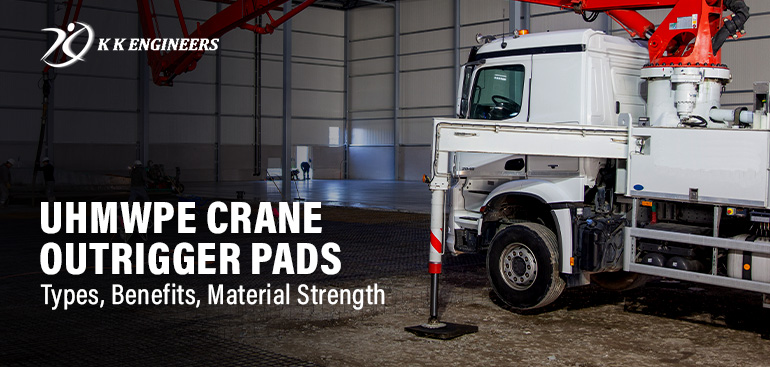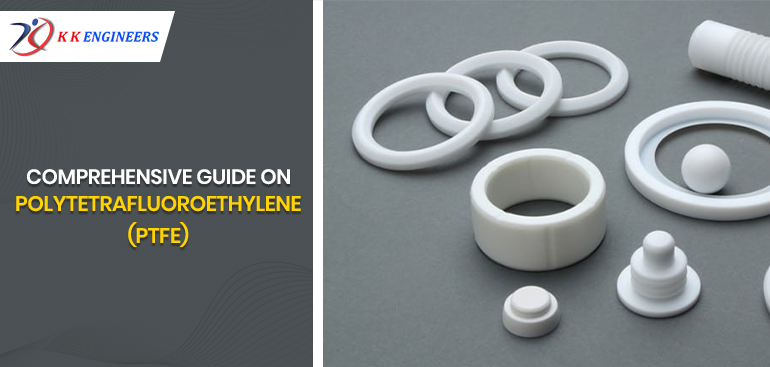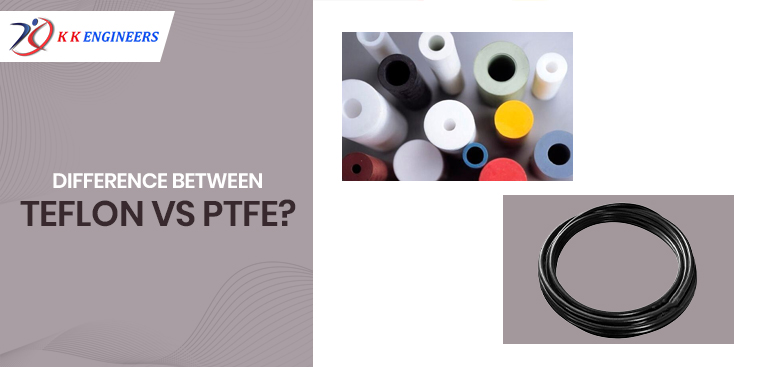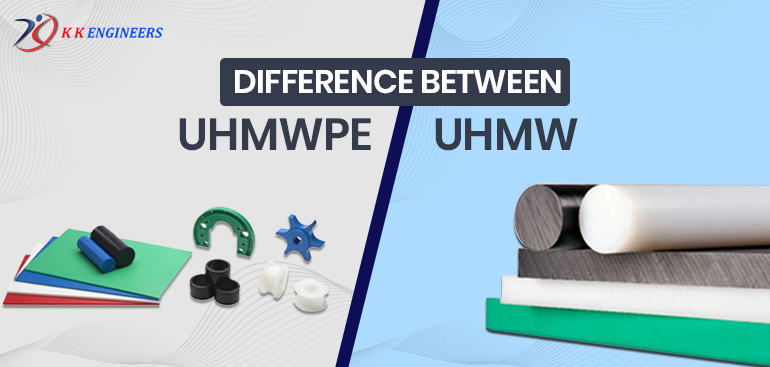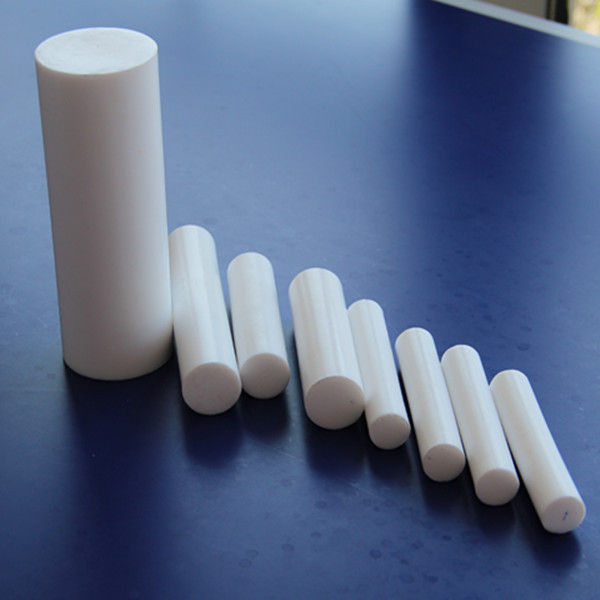Ultra-High Molecular Weight Polyethylene (UHMWPE) has emerged as a cornerstone in industrial applications, offering a suite of properties that enhance performance, durability, and cost-effectiveness.
K. K. Engineers, based in Ahmedabad, we specialize in providing top-tier UHMWPE products, including rods, sheets, bushes, gaskets, O-rings, machined components, and custom-ready products. Our commitment to quality, technological advancement, and customer satisfaction positions us as a trusted partner in the industrial plastics sector.
What is UHMWPE?
UHMWPE is a subset of thermoplastic polyethylene characterized by extremely long chains of polyethylene, resulting in a material with exceptional toughness and resistance to wear and impact. Its molecular weight ranges from 3.5 to 7.5 million daltons, significantly higher than standard polyethylene, contributing to its superior performance in demanding applications.
Key Properties of UHMWPE
1. Exceptional Wear Resistance
One of the standout features of UHMWPE is its unparalleled resistance to abrasion. This makes it ideal for components subjected to constant friction and wear, such as conveyor belts, gears, and liners. Industries like material handling and mining benefit greatly from this property, as UHMWPE components outlast those made from many other materials.
2. High Impact Strength
UHMWPE exhibits remarkable impact strength, allowing it to absorb shocks and impacts without cracking or breaking. This property is particularly valuable in applications where materials are exposed to sudden forces, such as in automotive parts and protective gear.
3. Low Coefficient of Friction
The material’s low friction coefficient ensures smooth movement of components, reducing energy consumption and minimizing wear. This self-lubricating property is advantageous in applications like bearings and sliding parts, where reducing friction is crucial for efficiency and longevity.
4. Chemical and Corrosion Resistance
UHMWPE is highly resistant to a wide range of chemicals, including acids, alkalis, and organic solvents. This resistance makes it suitable for use in chemical processing equipment and environments where exposure to corrosive substances is common.
5. Low Moisture Absorption
With minimal moisture absorption, UHMWPE maintains its dimensional stability even in humid or wet conditions. This characteristic is essential for applications in marine environments or where water exposure is frequent.
6. Biocompatibility
UHMWPE is biocompatible, meaning it doesn’t produce adverse reactions when in contact with biological tissues. This property has led to its widespread use in medical implants, such as joint replacements.
Benefits of UHMWPE in Industrial Applications
1. Durability and Longevity
The combination of wear resistance, impact strength, and chemical stability ensures that UHMWPE components have a long service life, reducing the need for frequent replacements and maintenance. This durability translates to cost savings and increased operational efficiency.
2. Versatility
UHMWPE’s unique properties make it suitable for a diverse range of applications across various industries, from food processing and medical devices to mining and marine applications. Its adaptability allows engineers and designers to use it in innovative ways to solve complex challenges.
3. Cost-Effectiveness
While offering high-performance characteristics, UHMWPE remains a cost-effective material choice. Its long lifespan and low maintenance requirements contribute to overall cost reductions in industrial operations.
Why Choose K K Engineers for UHMWPE Products?
K. K. Engineers, we pride ourselves on delivering high-quality UHMWPE products tailored to meet the specific needs of our clients. Our extensive range includes rods, sheets, bushes, gaskets, O-rings, machined components, and custom-ready products. Our team of qualified professionals collaborates closely with customers to design, develop, and deliver solutions that enhance manufacturing technology.
We uphold values of transparency, technological advancement, quality control, environmental protection, punctual delivery, and safety. Our commitment to providing technological support at competitive rates has established us as a trusted partner in the industry.
Conclusion
UHMWPE stands out as a material of choice for various industrial applications due to its exceptional properties and benefits. Its combination of wear resistance, impact strength, low friction, chemical resistance, and biocompatibility makes it invaluable across multiple sectors. Partnering with experienced providers like K K Engineers ensures that industries can fully leverage the advantages of UHMWPE in their operations.
Also read:
UHMWPE Crane Outrigger Pads: Types, Benefits, Material Strength
UHMWPE Marine Fender Pads: Enhancing Dock Safety and Vessel Protection


